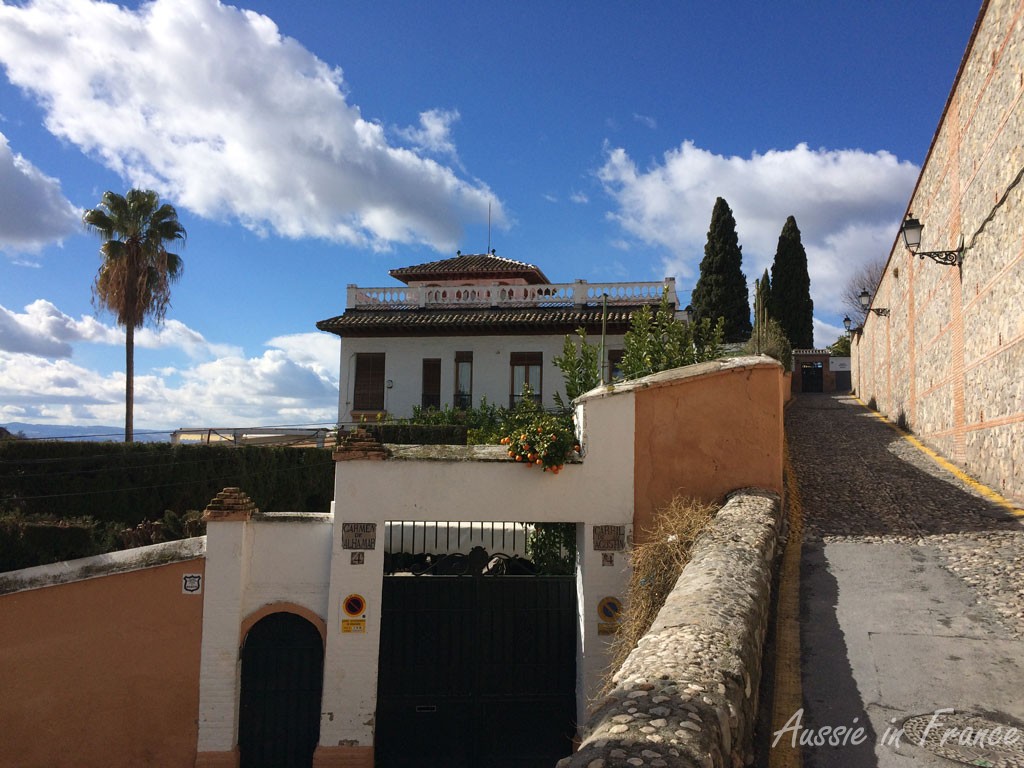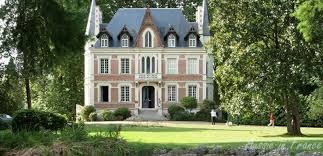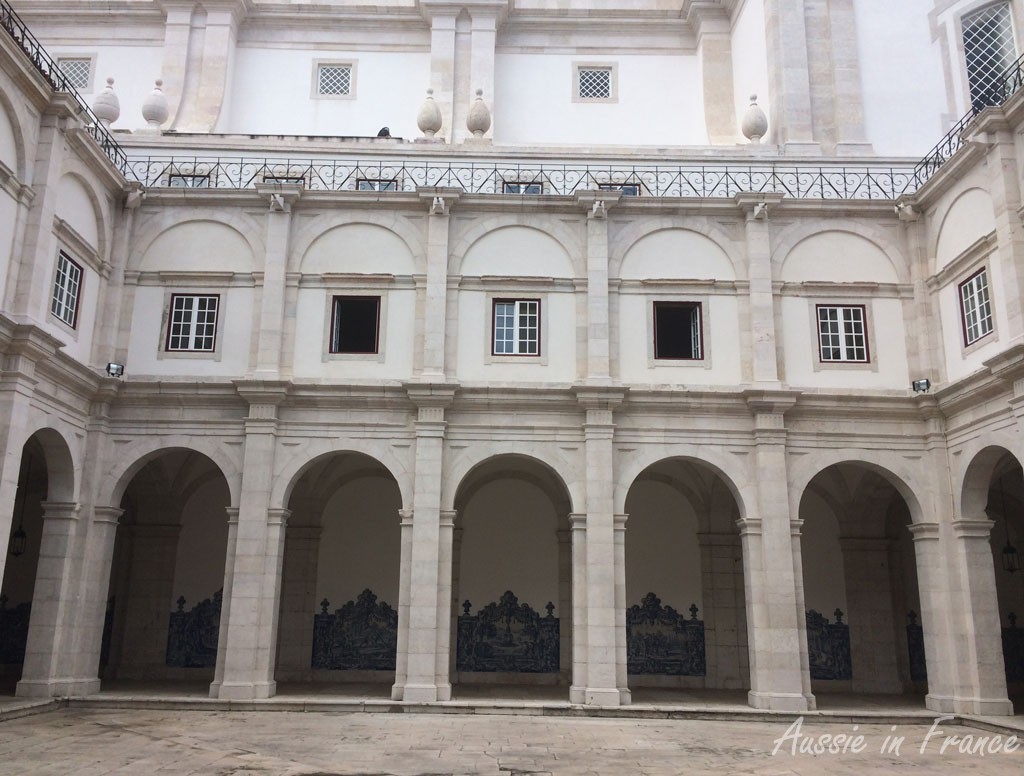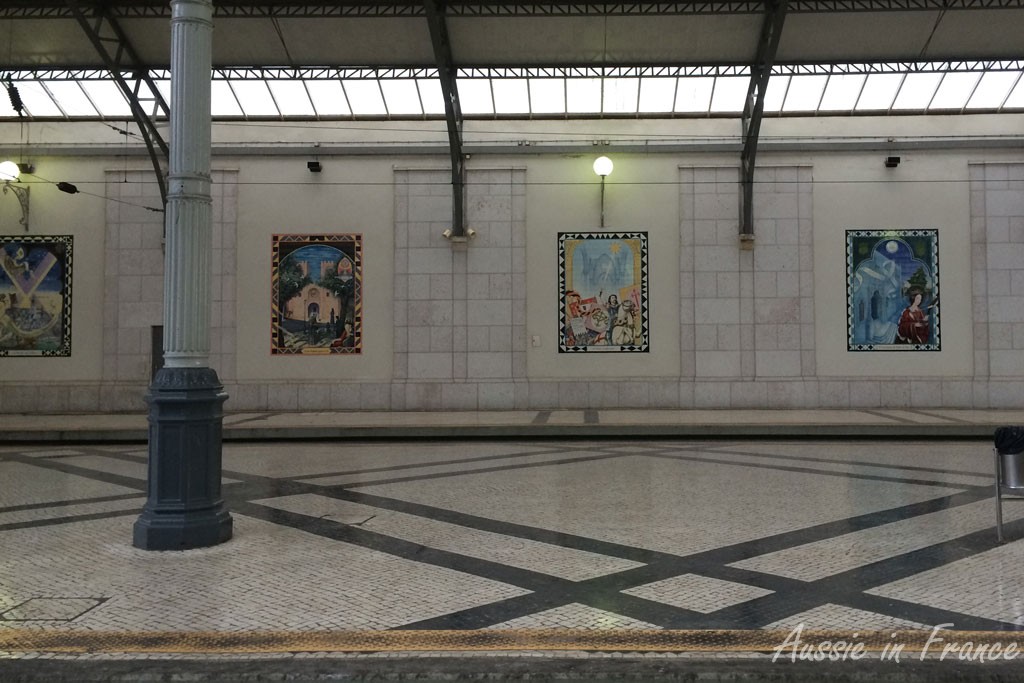We’re up at the crack of dawn (well, for a Saturday anyway) to join Susan and Simon from Days on the Claise at our first truffle fair in Touraine, a couple of hours away. Not chocolate truffles, but the mythical mushrooms.

As you know we are keen mushroom pickers. The proximity of a State forest was even one of our criteria when we started looking for an area to retire to. Blois stood out because it is surrounded by forests in which we have the right to go mushroom gathering, unlike Sologne where you can be chased out of the woods.
But we never find truffles. Only carefully-trained pigs and dogs can do so. They are mostly found under truffle oaks which can be planted but it takes six or seven years before the first crop appears.

We arrive in the little village of Marigny-Marmande but there are no signs indicating a truffle fair. We see some other people walking around so ask them. They, too, are looking for the truffle fair. We park next to the church and send a message to Susan. Within a few minutes, Simon turns up and tells us to get back in the car and follow them.
Still no signs indicating the way. We turn left down a very unlikely road and come to a sort of community hall. When we get out, Susan tells us that when they have the truffle markets before Christmas, the whole parking area is full of vendors.
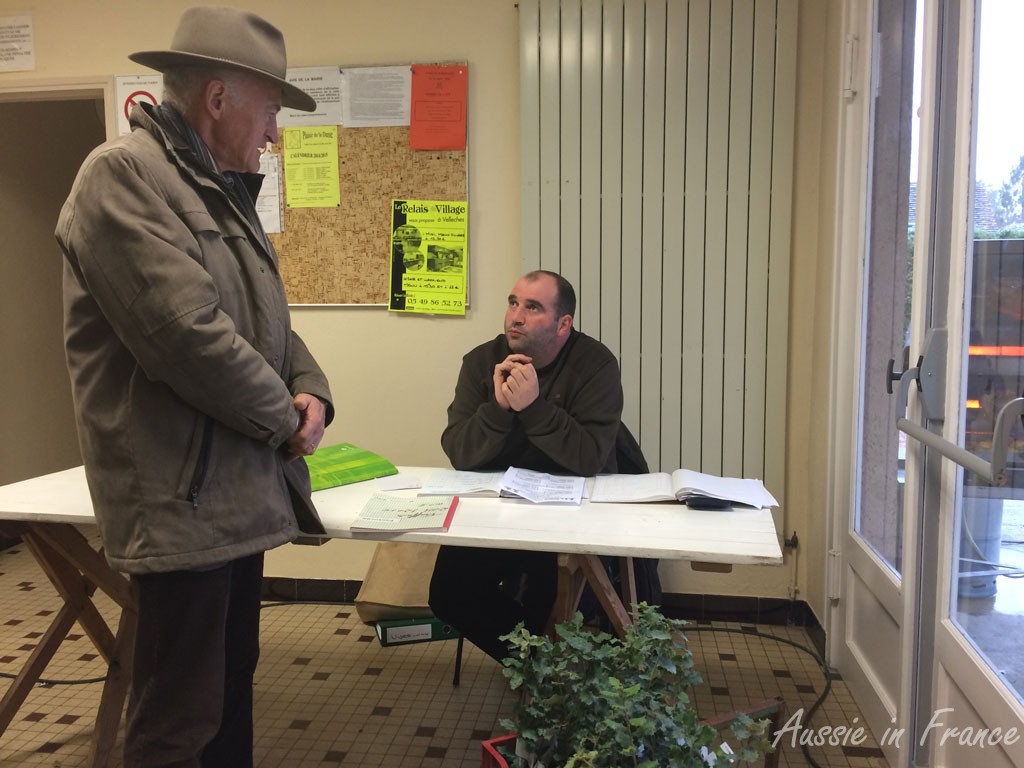
We enter and see a man sitting at a trestle table so I assume we have to pay to get in. No, he laughs, he’s selling truffle oaks. I am immediately interested but the waiting time for the first crop seems a little far ahead (several years) and we probably don’t have the right soil. Neither do we have a truffle dog. We could hire one but the distance might prove a little prohibitive.
I leave Jean Michel to it and go into the hall. There are about six or seven truffle stands, a beekeeper, a spice seller, a saffron vendor and a couple of other stands that I can’t remember.

Susans tells me that the Marigny-Marmande truffles are black truffles Tuber melanosporum, or truffes in French, which are found in France, Italy and Spain, growing in the earth in a symbiotic relationship with broadleaf deciduous trees, mainly oak. They are harvested from November to January.
The first truffle vendor is very friendly and willing to answer all our questions. We see there are two qualities of truffles. He explains that the more expensive ones (first category), which cost a mere 800 euros a kilo, are whole, wheras the second category, at 700 euros a kilo, are missing bits but the actual taste is the same. At the Christmas markets, Susan tells us, the prices are higher – 800 to 1000 euros a kilo.

He cuts us off a shaving to taste. He also explains that once they are dug out the ground, they only stay fresh for about a week. They should be firm and not soft. We can freeze them, he reassures us.
We wander around the other stands. At one of the them, a man accosts me and asks me if I know the difference between first and second category. I reel off my explanation without hesitation and he is suitably impressed, but I don’t like being sollicited. We’ll buy our truffles from the first man. They are also selling truffle slicers but I don’t think we’ll be buying enough truffles to need a special slicer!

Another stand is selling books about truffles. There is an explanation about how they train the dogs. One lady used to always hide three truffles when she was teaching the dog the find them. Once it had learnt what to do (and didn’t eat the truffles!), she took him to the truffle plantation. However, as soon as he found three truffles, he would stop for the day!
We eventually return to our truffle vendor and choose two small truffles, one to use fresh and the other to freeze. We’re intending to put some in next year’s foie gras! The total cost is about 70 euros which is a bit extravagant but I have fond memories of little bottles of truffles in oil we bought in Umbria and used to put in mashed potato. Delicious!

When we’ve bought our truffles we set off for Richelieu where we’re meeting up with two other English speakers for lunch. On the way, we go past several fields of young truffle oaks.
We have visited Richelieu before and enjoyed it. It was designed by Cardinal Richelieu in the 17th century as an ideal city and is based on a grid plan.

Many of the houses, unfortunately, need renovating but the overall impression is interesting. The rafters of the big market hall have been completely refurbished and are most impressive.
It’s really a little cold to linger in the streets for long so we go to a likely-looking café for an aperitif. It’s obviously a favourite with the soccer crowd.

We make our way to the Auberge Le Cardinal for lunch. Nothing wonderful, but there isn’t much culinary choice in Richelieu. As the lunch continues, I start feeling very much under the weather. I swap places at dessert and sit next to Susan, unfortunately for her, because you may have guessed it – I’m coming down with the flu and probably at my most contagious. She and I are both still worn out and coughing a whole month later.

We forego the visit of the lovely gardens that we cycled through last time we were here and I go home to bed. We end up freezing both of the truffles because I am certainly not up to appreciating them and it seems a great pity to waste such gourmet, not to mention, expensive ingredients, on someone with the flu …





